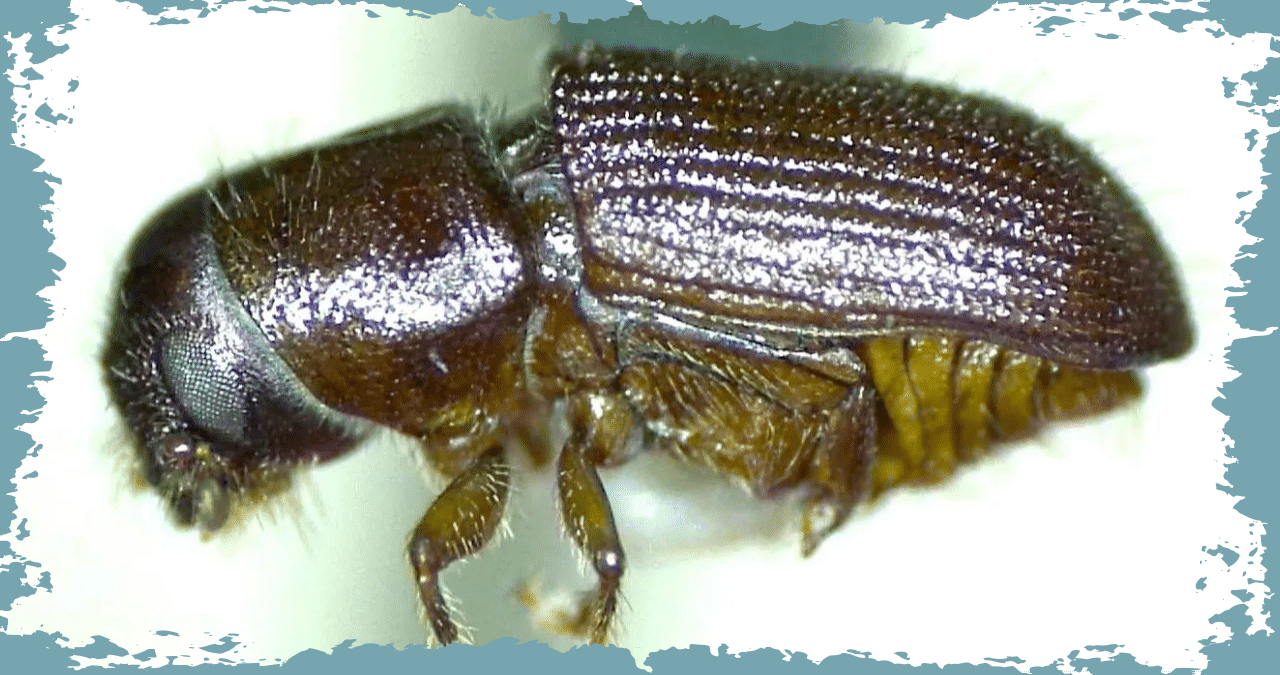An emergency panel is being called by Louisiana House lawmakers to address the issue of pine trees being attacked by beetles all over the state, which poses a public safety concern.
During a recent phone interview, State Representative Mike Johnson clarified that the issue at hand is not related to the English pop band. Rather, it is a much more significant concern that could potentially harm the ecosystem, property, and individuals.
Millions of trees in Louisiana and Mississippi are falling prey to tiny bark beetles, such as the Ips engraver and southern pine varieties. The severe drought of last year has left the forests and woods weakened, making them vulnerable to these insects. The central and northern parts of the state have been hit the hardest by the beetle attacks, as per Johnson.
Next week, Johnson will chair the House Emergency Beetle Subcommittee, where forestry, agriculture, and legal experts will be invited to discuss various solutions to the bark beetle problem. Johnson expressed that all options to counter the threat will be considered, including the possibility of an emergency declaration.
According to the Pineville lawmaker, the situation is dire. He expressed his concern, saying that the problem is not only affecting timber farmers but also impacting homeowners and business owners.
Johnson stated that the panel would delve into emergency funding options to aid homeowners who cannot afford to hire a tree trimmer to remove affected trees. These services can be quite expensive, often costing over a thousand dollars.
Bark beetles, which are members of the weevil family, are typically about one-eighth to a quarter-inch in size. They primarily focus on pine trees, but they may also target other conifers. These pests tunnel through the bark and take up residence inside the tree, where they feed on its vascular system and deprive it of vital nutrients and water until the tree succumbs and perishes. The U.S. Forest Service reports these findings.
According to Johnson, these creatures can move swiftly from one tree-top to another and cause significant damage to the tree. The infection can spread to any tree within a 150-foot range.
According to the U.S. Forest Service, once a beetle discovers a tree that is suitable for consumption, it emits a pheromone that acts as a signal for other beetles to gather at the same spot.
Residents who have pine trees on or near their homes face a particularly dangerous situation, as trees that have been killed or weakened by beetle attacks are more likely to fall even in calm weather conditions. This is a serious hazard, as falling trees can cause significant damage to property and pose a risk to human safety.
The Louisiana Department of Health reported that a severe thunderstorm claimed the life of a woman residing in a camper in Pineville on April 10. Tragically, a falling tree struck and killed her in the midst of the storm.
According to Johnson, “The beetles had infested that particular area.”
According to him, the attacks from beetles also put utility workers and public works crews in danger, especially when they are working in close proximity to big tree branches and leaning trees.
Residents and workers are encouraged by officials to keep an eye out for indications of bark beetle infestations in trees. Signs of such infestations may include brown or discolored pine needles at the top of the tree, small bore holes in the outer bark, sawdust accumulated in crevices or at the base of the tree, and small masses of sap resembling popcorn, referred to as “pitch tubes,” on the trunk of the tree.
On Tuesday at 9:30 a.m., the Louisiana State Capitol will host the Emergency Beetle Subcommittee meeting.



